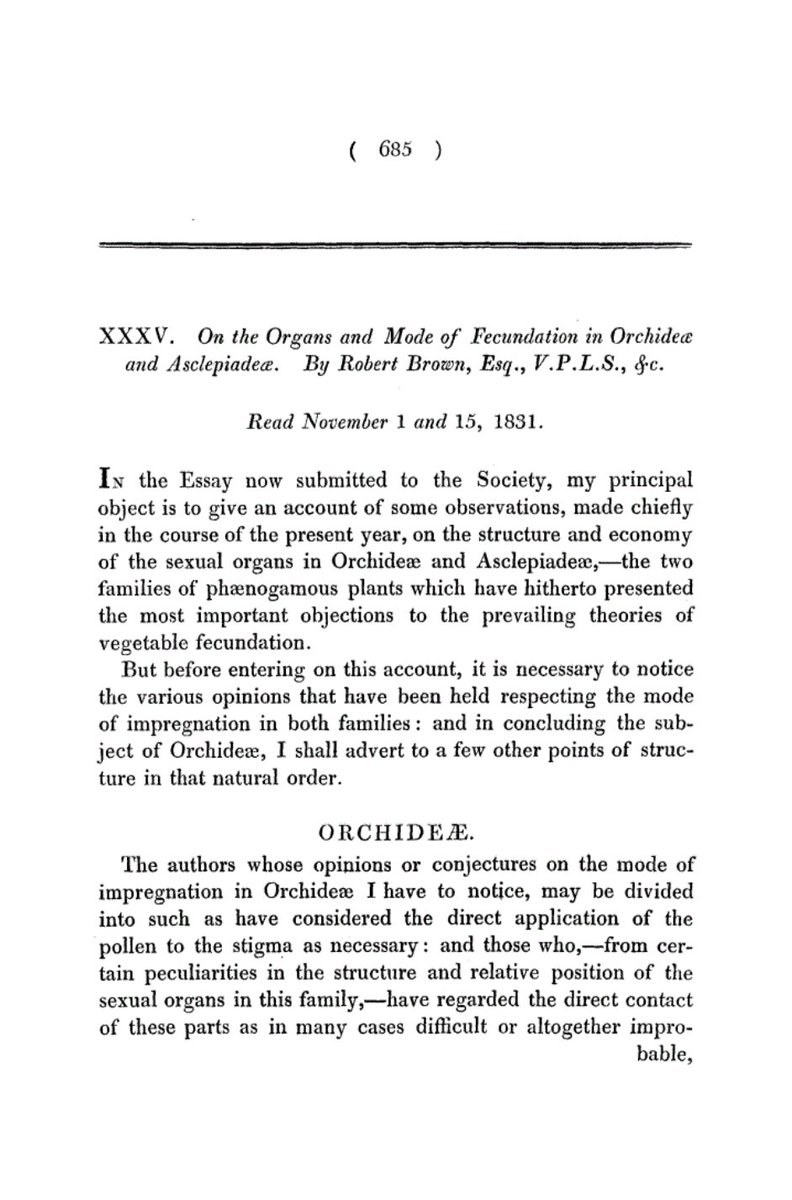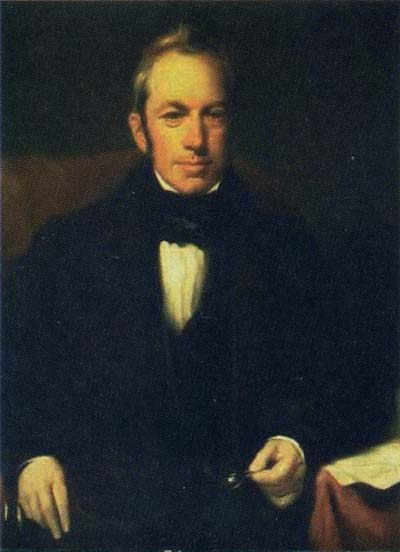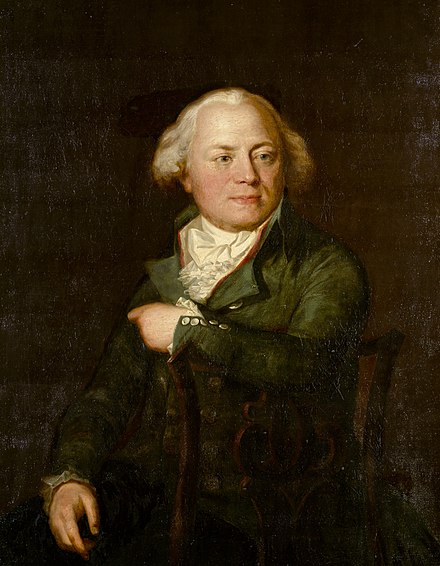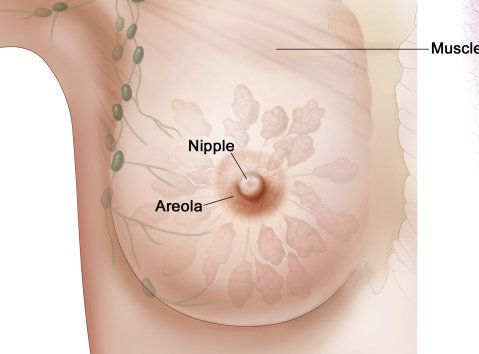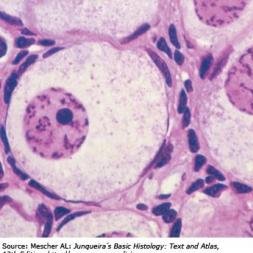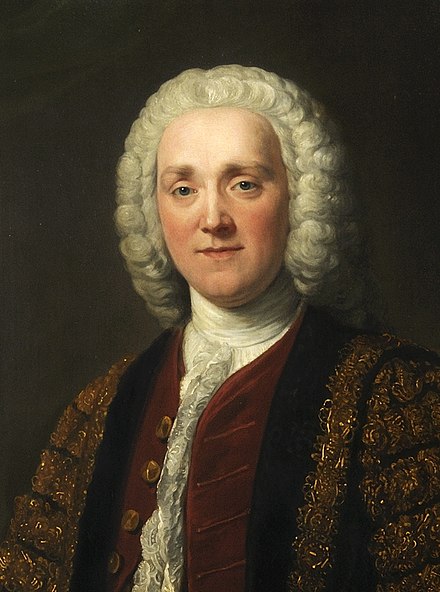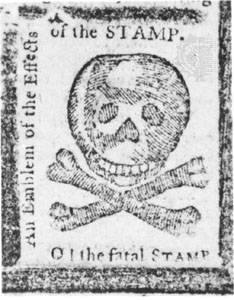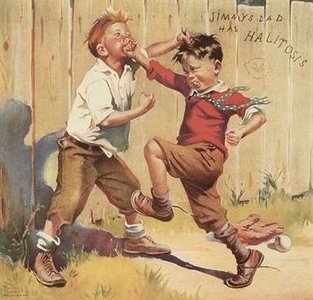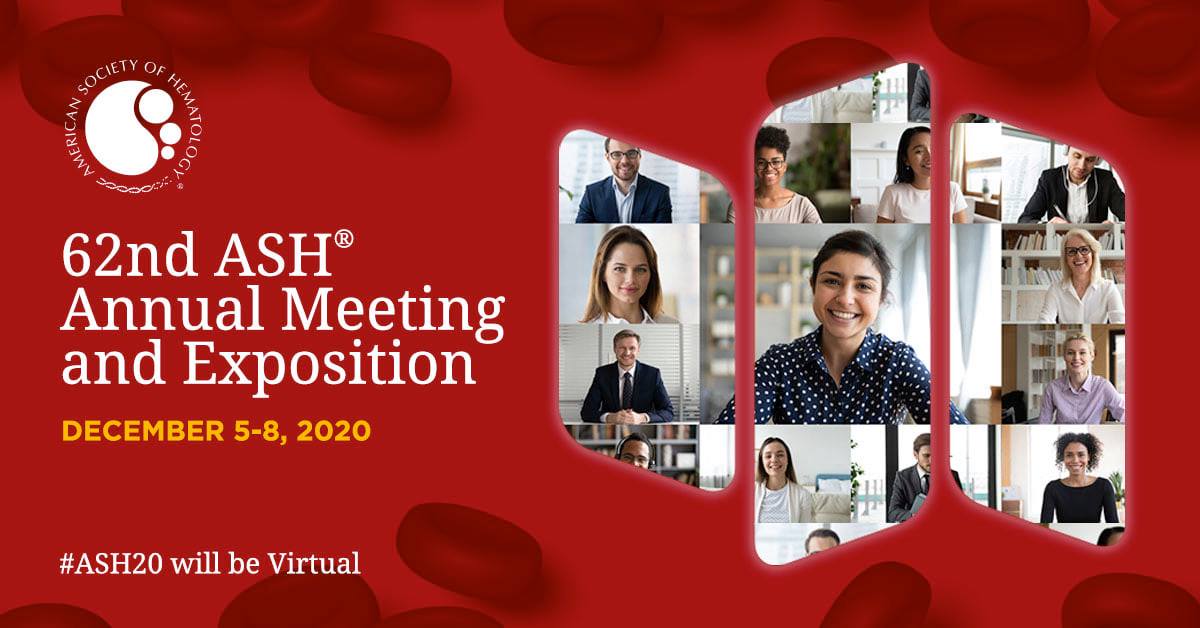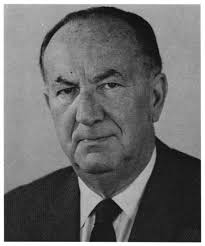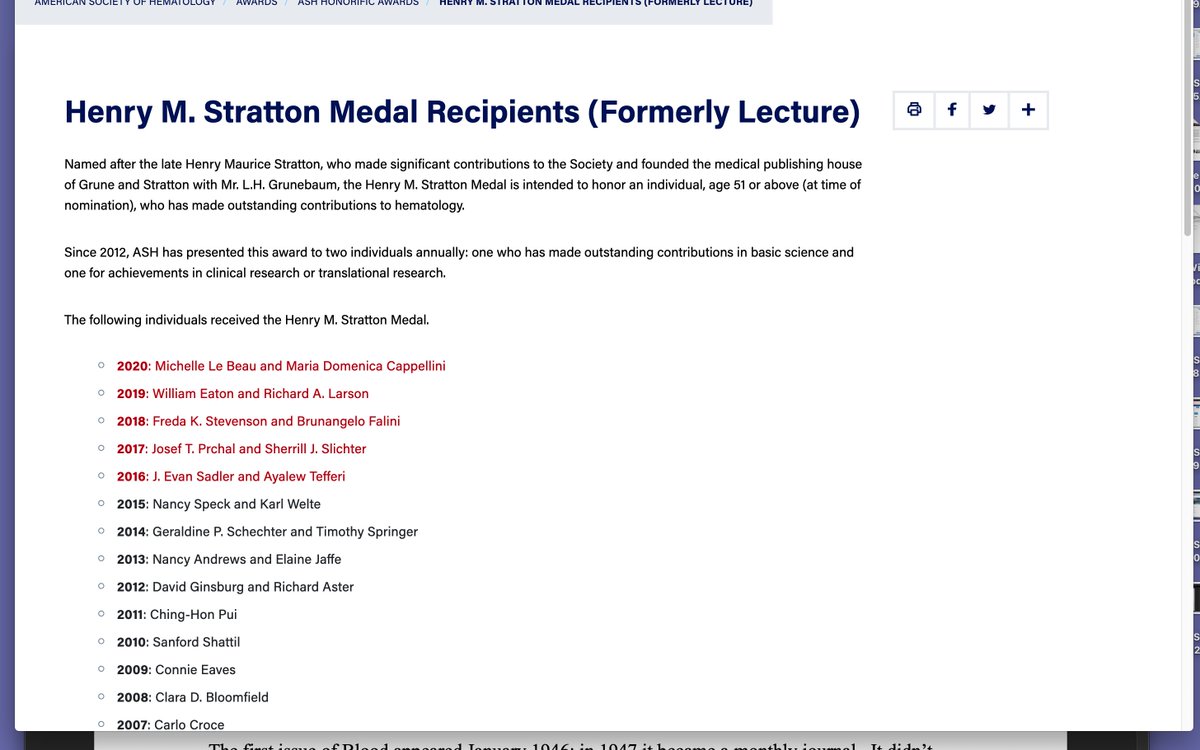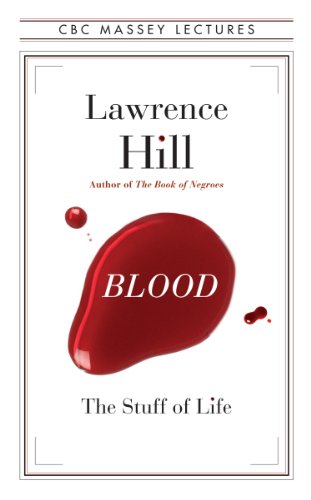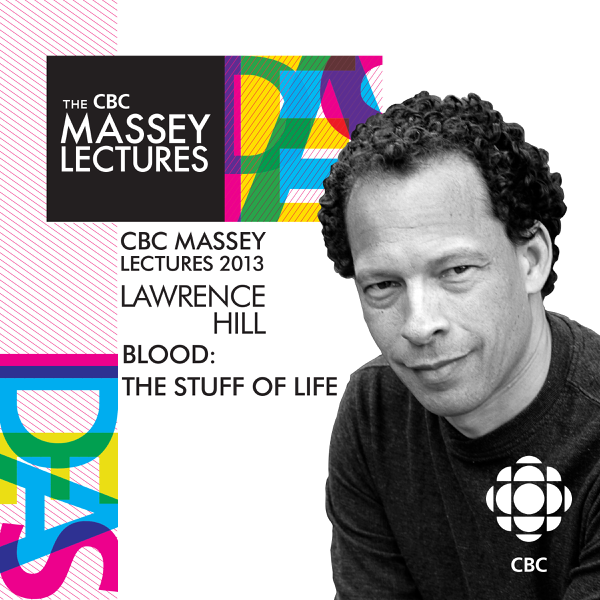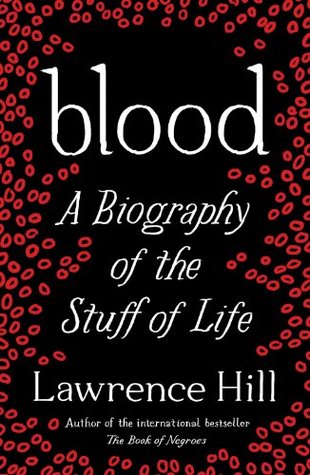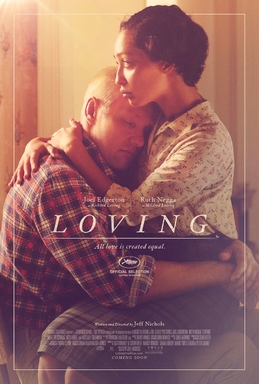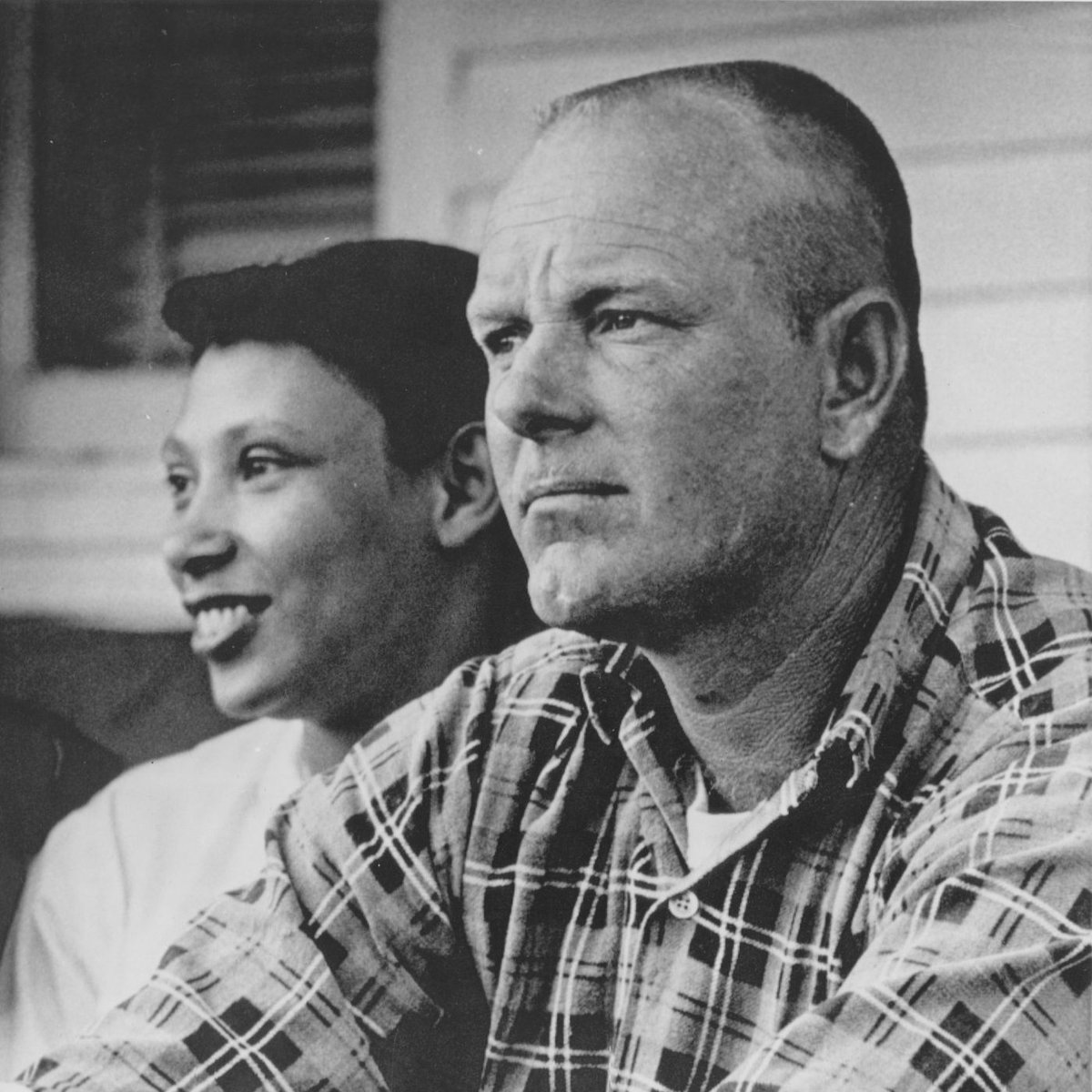
#HematologyTweetstory 32: lymph nodes with names. There’s also a major personal announcement in this thread. We each have lots of lymph nodes: an estimated 500-600 (Image: @MayoClinic). Like stars, they cluster. (Did you ever think of your axilla as a lymphatic “galaxy”?)🙂/1 



One of the best known eponymous nodes is the “Sister Mary Joseph nodule”, named after the gifted woman born Julia Dempsey (1856-1939), who was Dr Will Mayo’s scrub nurse @MayoClinic and, as a Sister of Saint Francis, directed St Marys Hospital in Rochester, MN for 46 years./2 

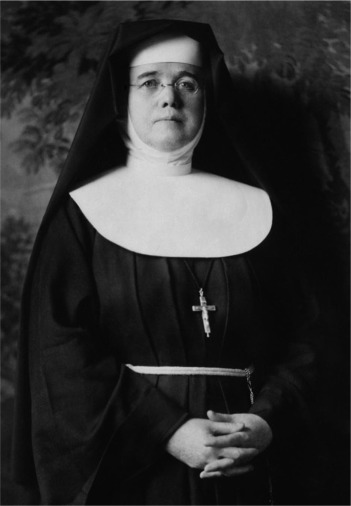

When she scrubbed abdomens before laparotomies, Sister Mary Joseph noticed that whenever there was a firm mass near the umbilicus, the patient turned out to have cancer. Will Mayo published an article in 1928 @MayoProceedings about this – he called it “pants button umbilicus.” /3 





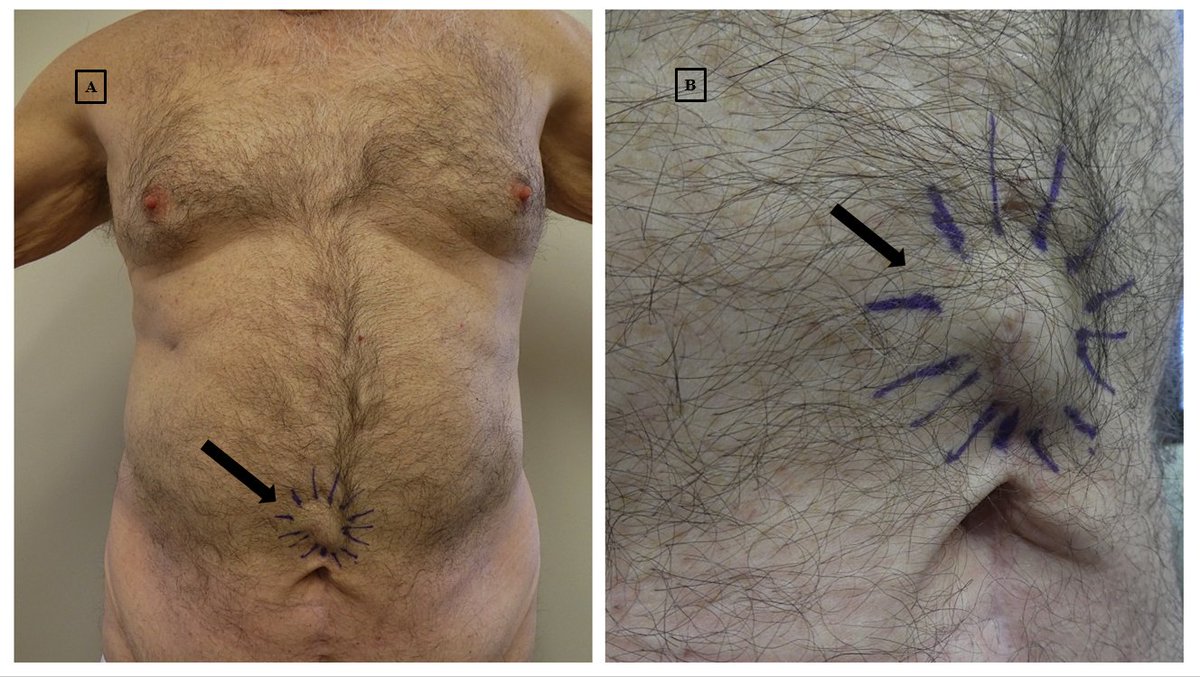
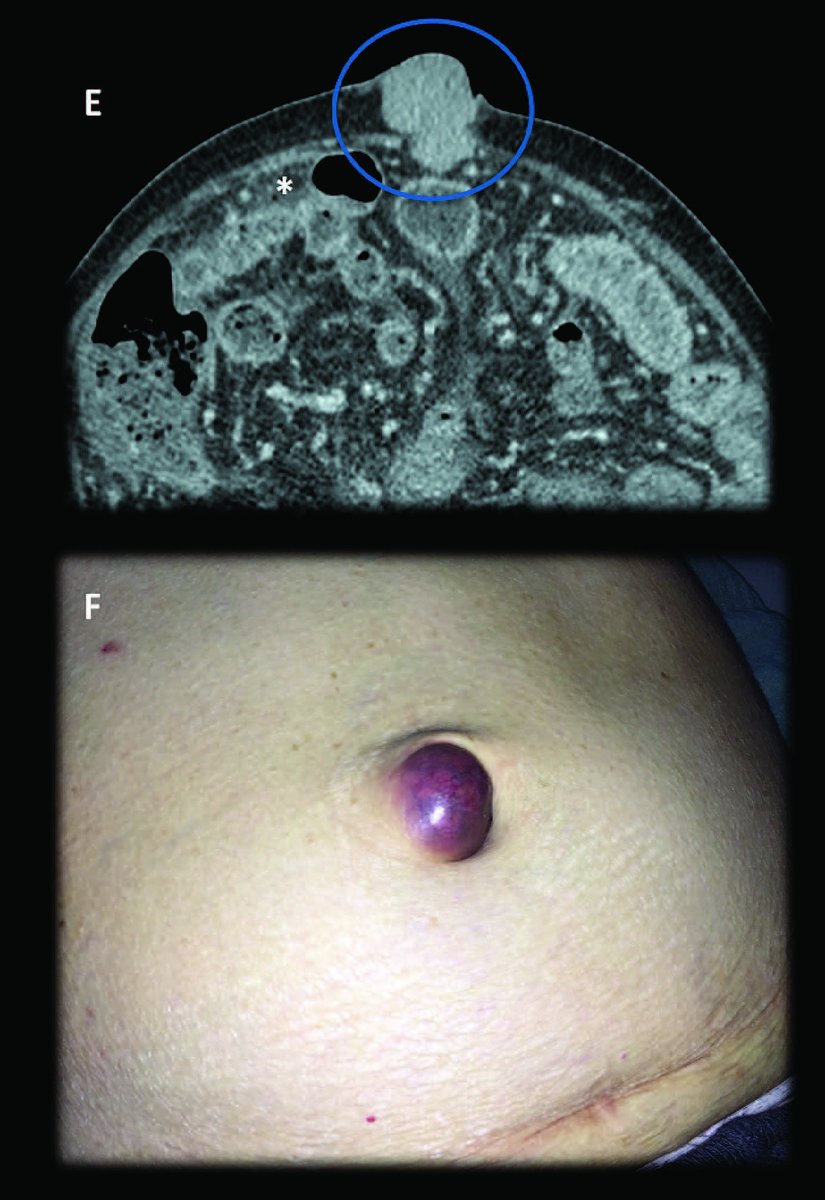
Back before CT scanners, in the era when diagnostic exploratory laparotomies were common, the worst thing you could say about an ex. lap result was, “They opened him- and then they just closed him right back up.” That meant the surgeon found an inoperable, unresectable cancer./4 

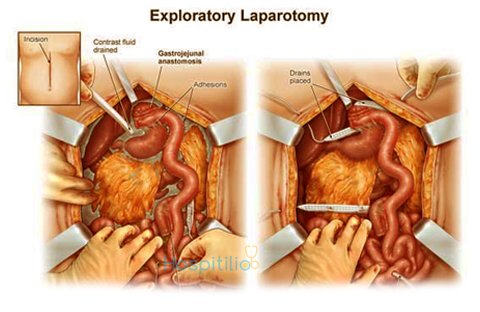
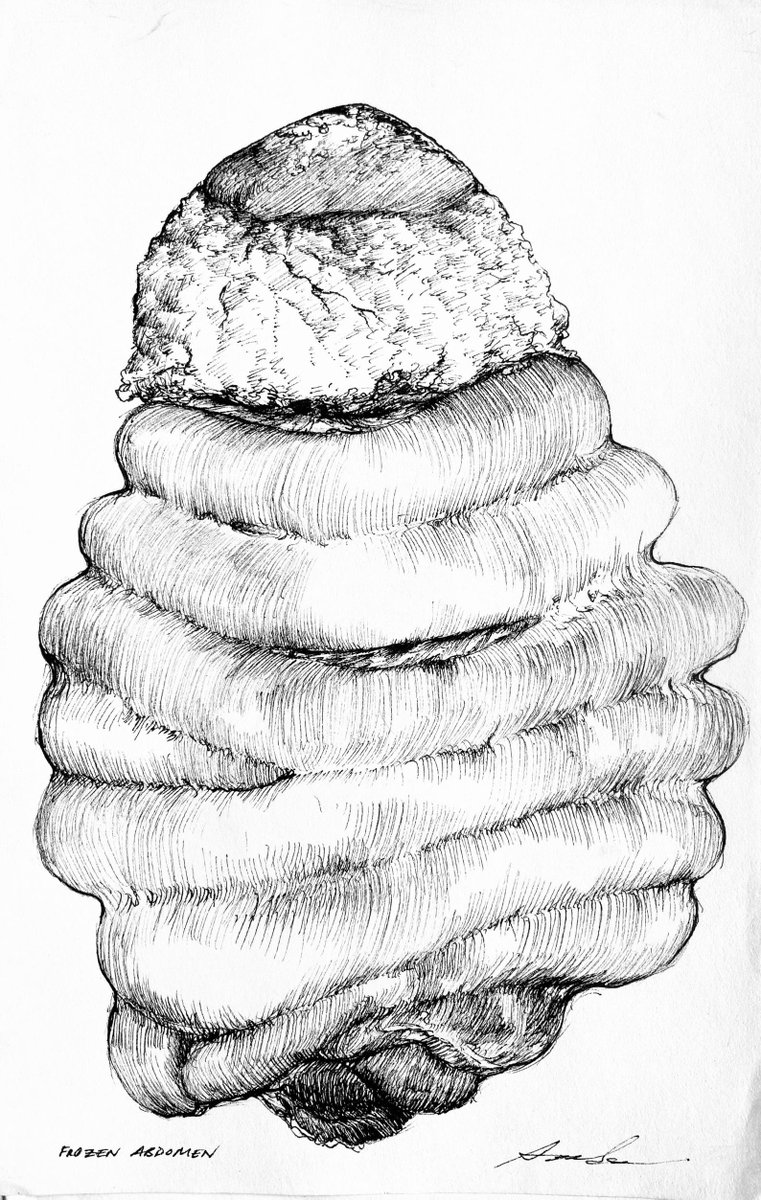
There was a lot of gastric cancer back then, more more than today. In 1935, popular Minnesota governor & potential Presidential hopeful Floyd B. Olson (1891-1936) - the Bernie Sanders of his time - came to @MayoClinic for an operation on his recurrent “stomach ulcers”.../5 

He was found by Mayo to have stomach cancer. Governor Olson wasn’t told about his cancer diagnosis, typical for the paternalistic ethos of the era, and he died a few months later while campaigning for US Senate. He's fondly remembered in Minnesota./6 @SteveJoffe @rose_m_olson 

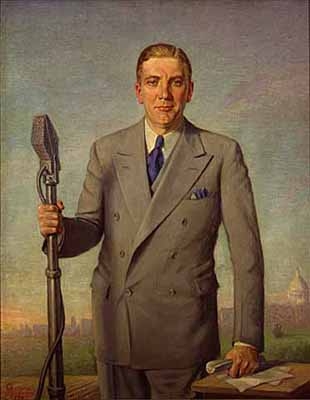

When I was an intern, a woman presented to me in urgent care w/ diffuse abdominal pain. During abdominal exam, I felt a hard grape-sized nodule near her umbilicus, remembered the story of Sister Mary Joseph, and knew this was not going to end well. Biopsy showed ovarian cancer./7 
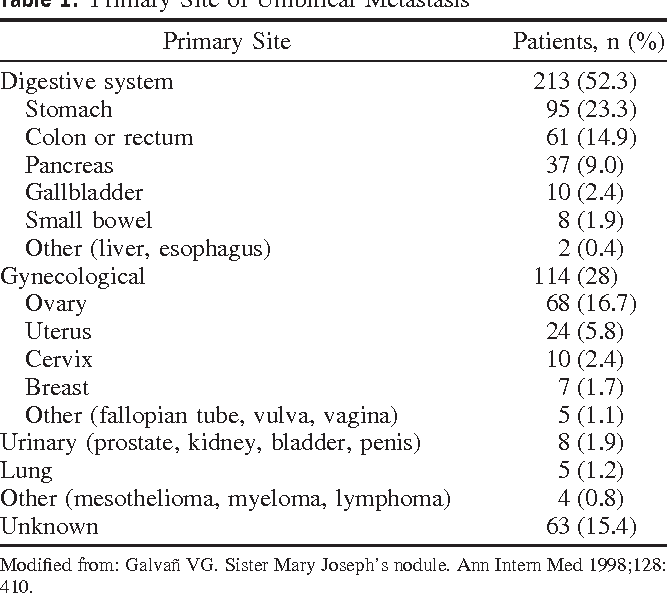
UK surgeon Henry Hamilton Bailey (1894 – 1961) included this node in 1949 "Demonstrations of Physical Signs in Clinical Surgery: “In advanced intra-abdominal carcinoma, a neoplastic nodule can sometime be seen or felt at the umbilicus. This is known as Sister Joseph’s nodule.”/8 



I published an article in 2000 in @AnnalsofIM about whether it should be Sister Joseph or Sister *Mary* Joseph. (Either is OK.) That same year, with Tom Habermann @MayoClinic I published a review of lymphadenopathy; we found a cause of adenopathy beginning with every letter.😜/9 

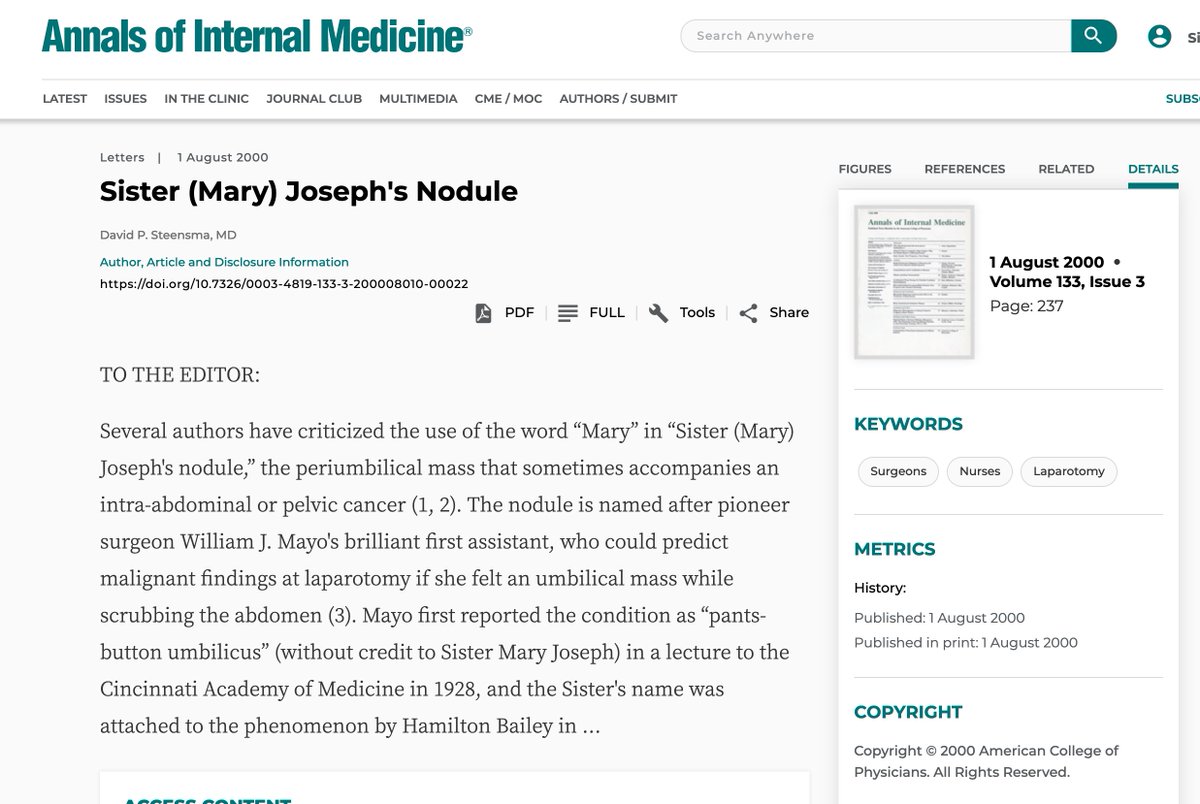
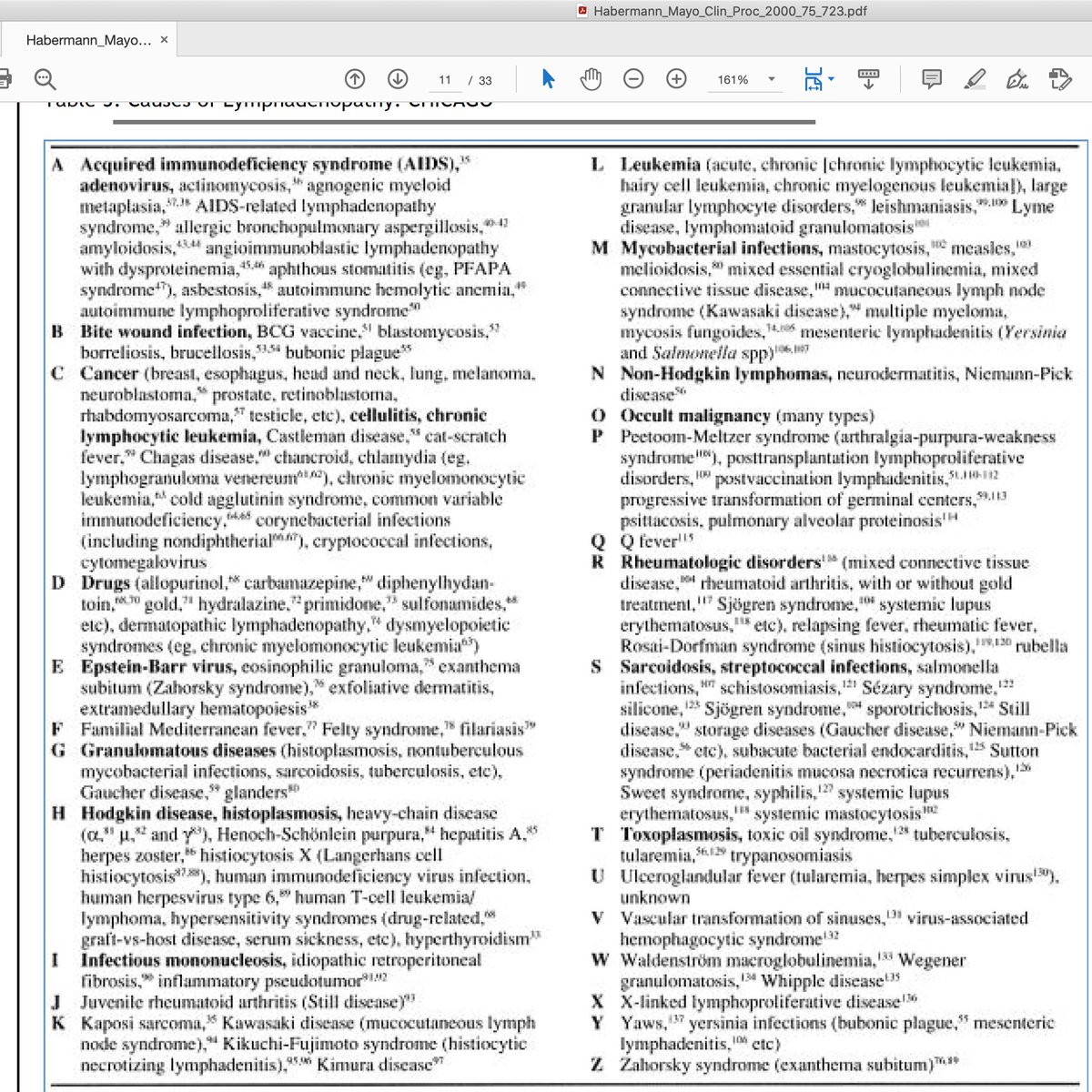
The famed "Delphian node" is an enlarged midline pretracheal lymph node. It is named after the famous prophetic Oracle of Delphi in Pythia, Greece, since it augurs either thyroid or laryngeal disease. (CT image: Radiopedia) /10 


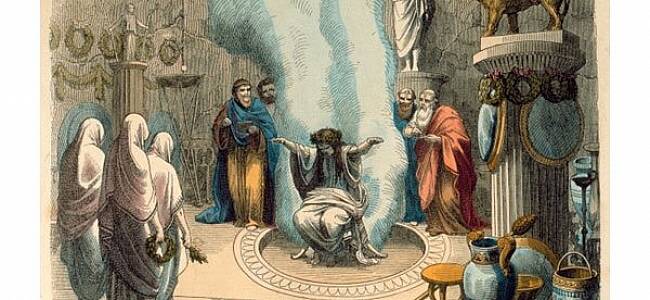
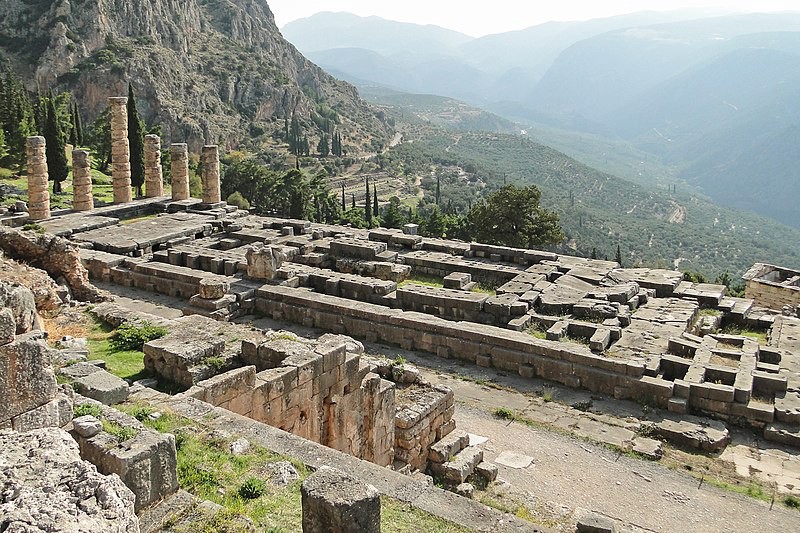
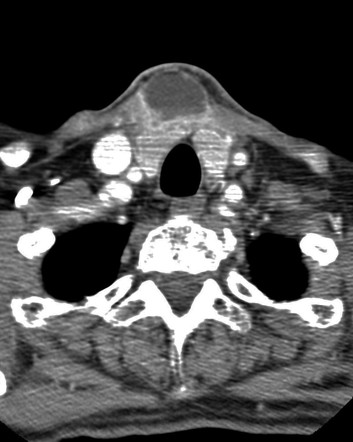
German surgeon Josef Rotter (1857-1924) – presumably his surname had no relation to his operative skill! - described interpectoral lymph nodes that enlarge in some patients with breast cancer. These became known as “Rotter’s nodes.” CT image: Ecanow J et al Radiographics 2013./11 

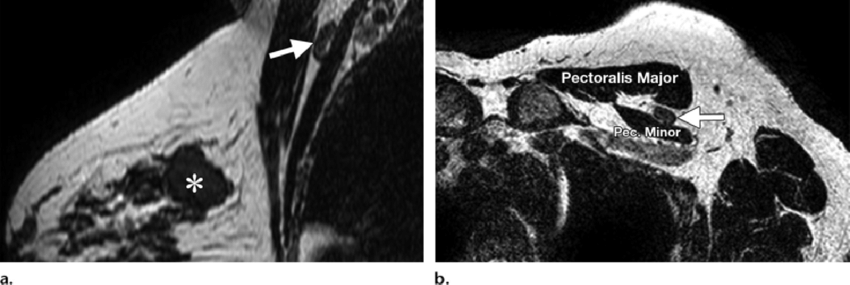
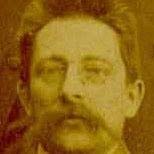
Legendary pathologist Rudolf Virchow (1821–1902) described a left supraclavicular node in patients w/ abdominal cancer in 1848, which became known as “Virchow’s node”. French Charles Émile Troisier (1844–1919) recognized this too; in became known as “Troisier sign”–same thing./12 






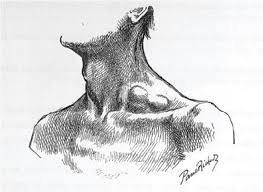
Now a sad note: a young physician @MayoClinic originally from Malaysia, Tow Shung Tan (1978-2011), discovered a Virchow node on himself one afternoon in clinic during his first month as a fellow. Can you imagine? I was fellowship assoc director; it was traumatic for all of us./13 
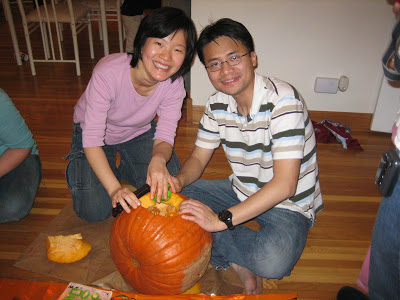
We hoped maybe it was treatable lymphoma, but instead Tow had esophageal cancer, which took his life 4 years later. He was an incredibly compassionate young man; “Tow Shung Tan Humanism in Medicine Award” is now awarded annually @MayoHemeOnc to deserving fellows in his memory./14 
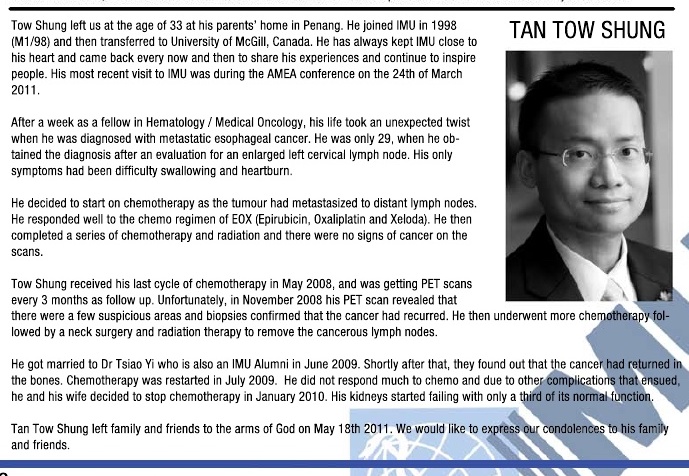
Rosenmüller’s node = Cloquet’s node, a high inguinal node named for German anatomist Johann Christian Rosenmüller (1771–1820) & French hernia surgery pioneer Jules Germain Cloquet (1790 –1883). Knowing that helps remember where it is; Cloquet kept bumping into it in the OR./15 


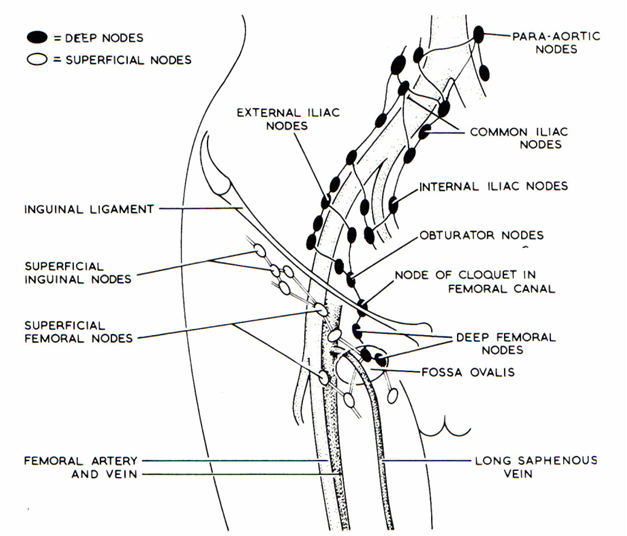
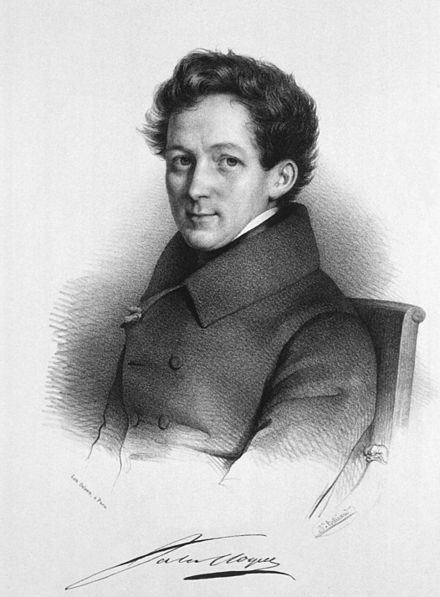

The Irish node (or "Irish’s node") is an anterior axillary node, which can also come from metastatic gastric cancer. It is pretty obscure and I have been unable to find the origin Dr. Irish despite PubMed, Google searches and reference trackback./16 



"Krause's nodes" are in the jugular foramen, and their enlargement in cancer can cause injury to cranial nerves IX, X, and XI. I think they’re named for German anatomist Wilhelm Krause (1833-1910), but could also be Karl Friedrich Theodor Krause (1797-1868) - couldn't confirm./17 

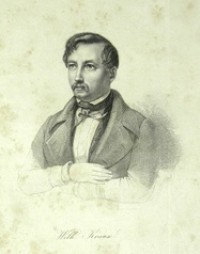
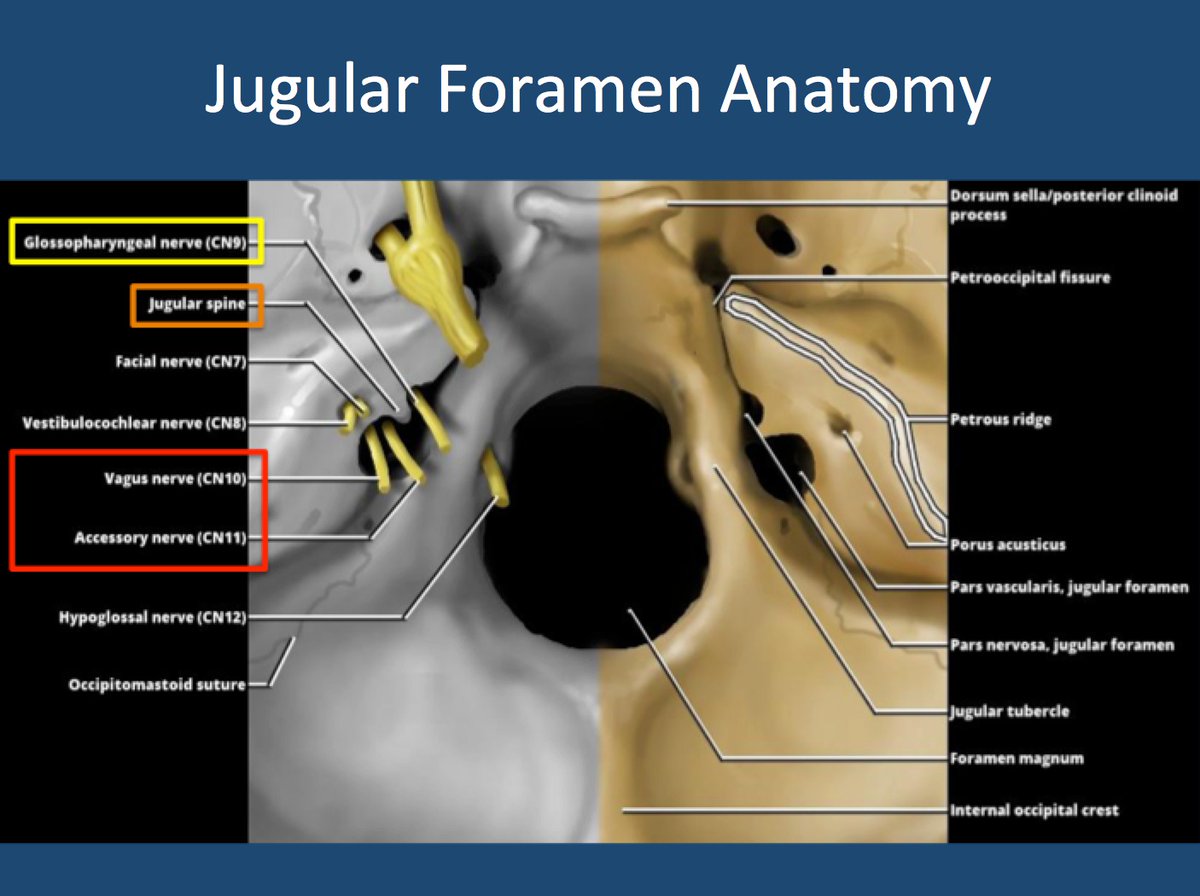
The Node of Rouviere is a lateral retropharyngeal node that can become enlarged in nasopharyngeal cancer. Sometimes it is detectable only by CT, other times on oral exam. It takes its name from French surgeon Henri Rouvière (1876-1952)./18 



Sentinel nodes are not specific lymph nodes - and aren’t named after a Dr. Sentinel!😉 The term ultimately derives from the Latin ‘sentire’ = to feel/sense, and reflects the sentinel as a person who watches & sounds a warning at the sign of trouble. Also called “signal nodes.”/19 



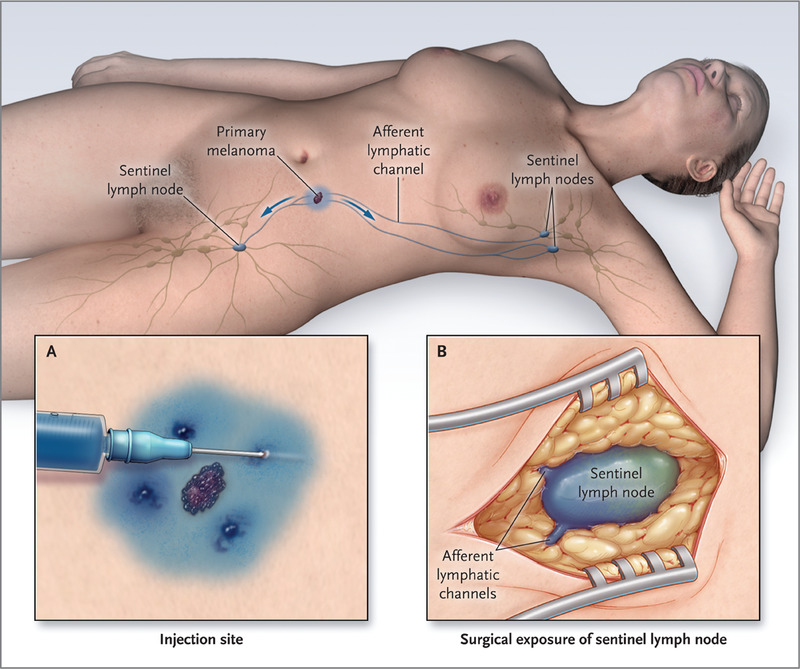



Many eponymous “nodes” aren't lymph nodes: Osler nodes (immune complexes in skin in endocarditis), Heberden & Bouchard nodes (finger DJD), node of Aschoff/Tawara (cardiac AV node), Flack/Keith node (sinoatrial), Schmorl node (vertebral defect), Parrot node (syphilis skull) etc/20 



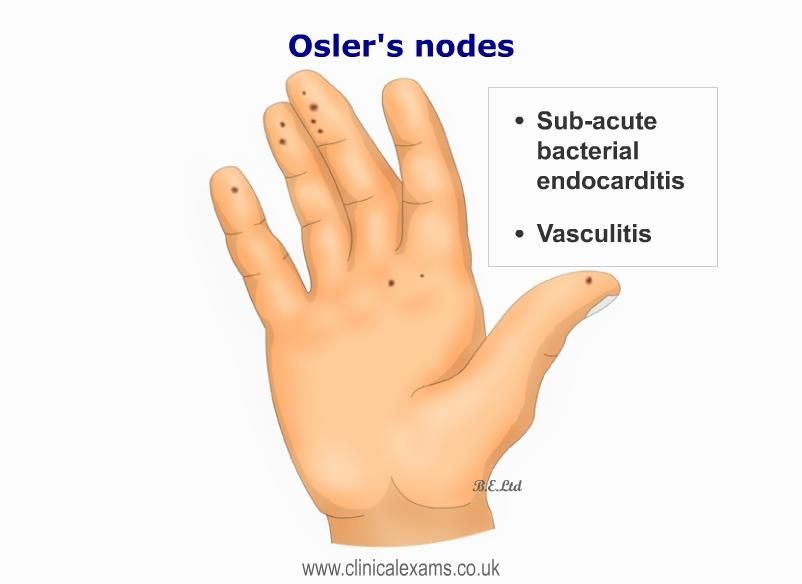
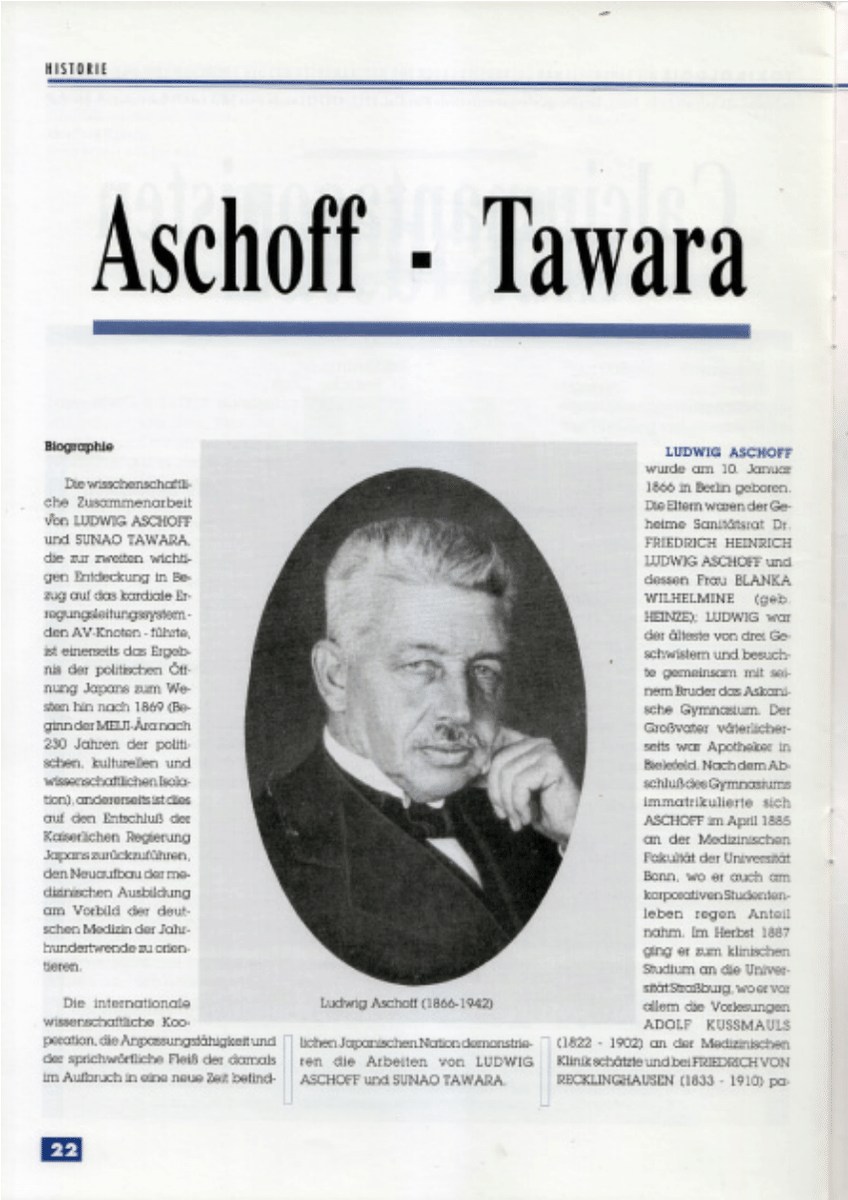
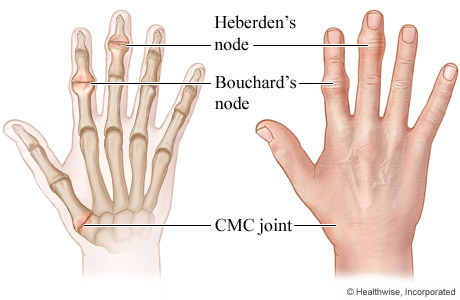

So that's a tour of lymph nodes with special names. Maybe you know of one I missed. Oh, just one more thing... /21 
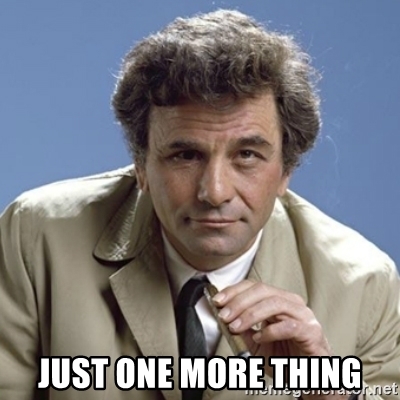
In December, on my 50th birthday, I’ll be starting as Global Hematology Lead for @Novartis, based in the Translational Clinical Oncology/early drug development group at NIBR in Cambridge MA and working to bring new treatments to patients with conditions such as those above./22 



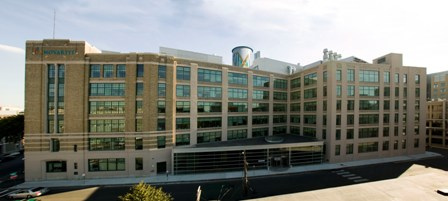
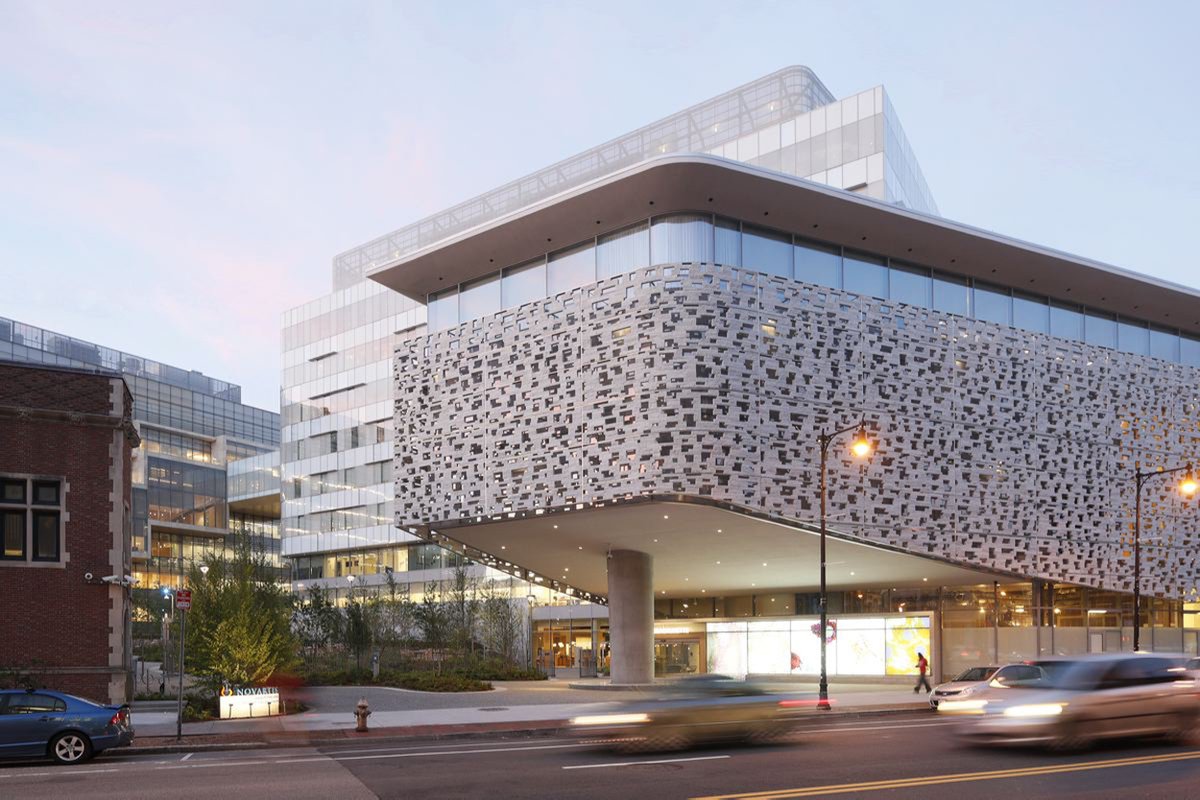
I’ll be working w/ @jaybradner, Alice Shaw, Jeff Engelman, Glenn Dranoff, Peter Hammerman & many other fantastic talented @NovartisScience people, too many to list in 1 Tweet. When Jay called to see if I might be interested, it was like hearing the Beatles wanted a drummer.😀/23 




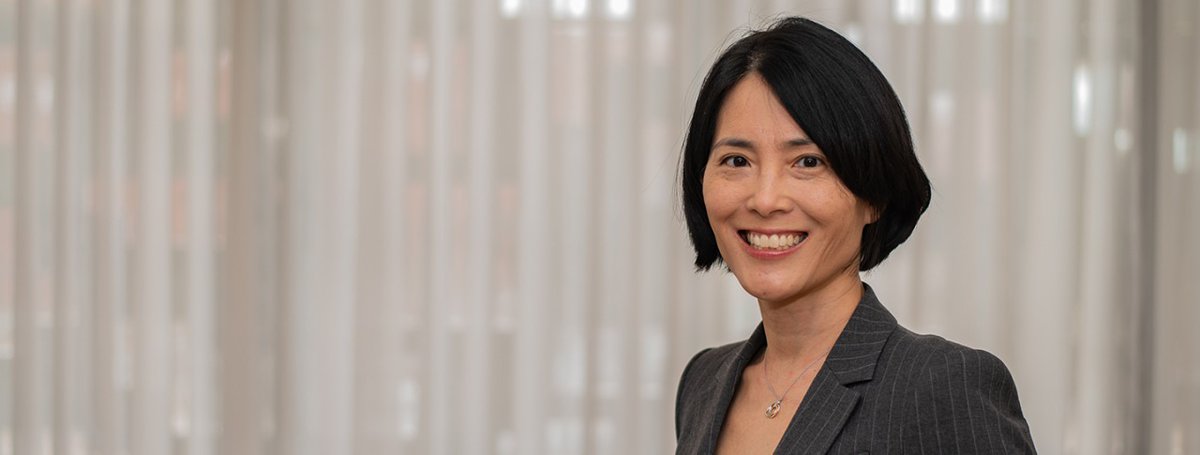
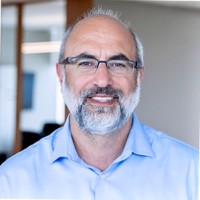
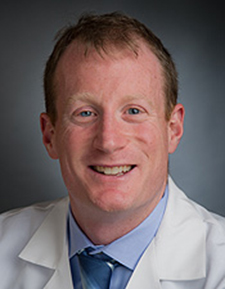
I think this news may surprise some folks who considered me (as I considered myself) a dyed-in-the-wool academic “lifer”. But this is an amazing opportunity to move forward molecules at a different scale to try to help patients. Their early pipeline right now is so exciting./24 
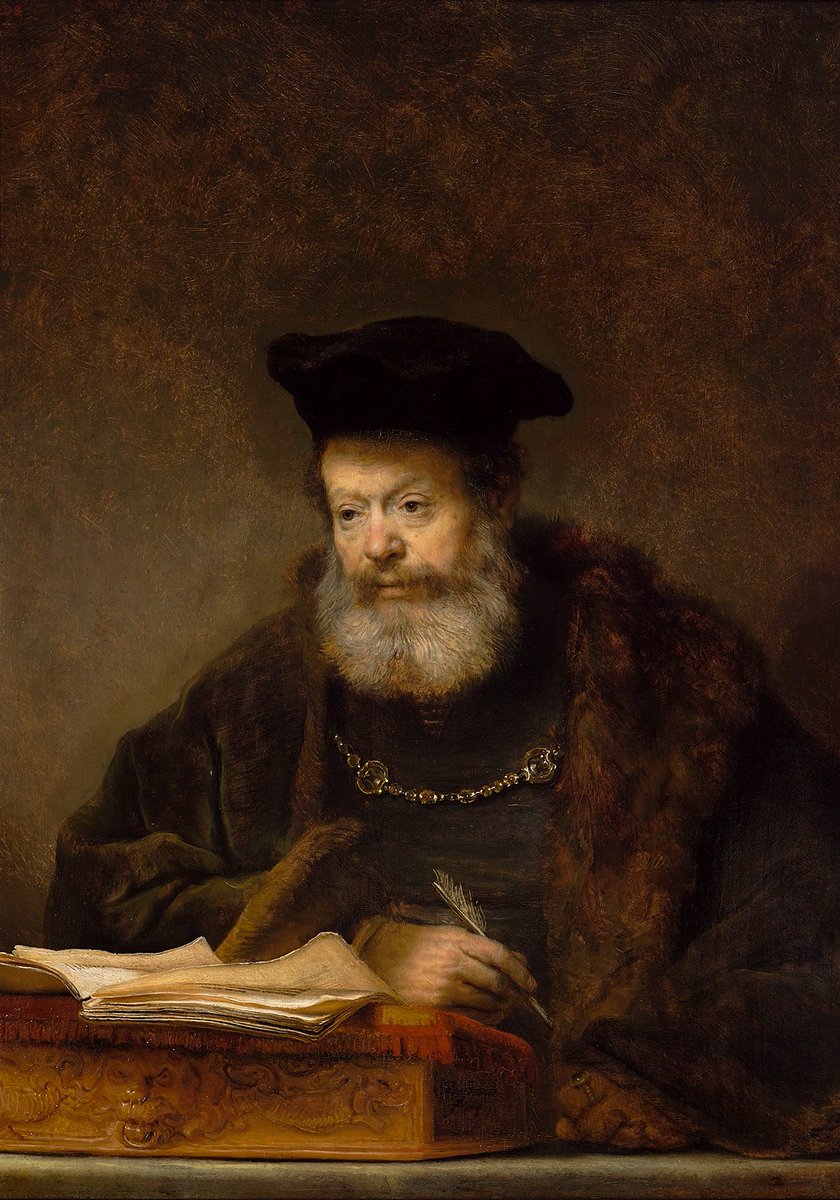
I feel blessed to have spent >11 years with terrific colleagues @DanaFarber and will always have a special place in my heart for this institution and its mission. I have started telling patients, and thus far all of them have cried; that is the hardest part, by far.❤️/25End 
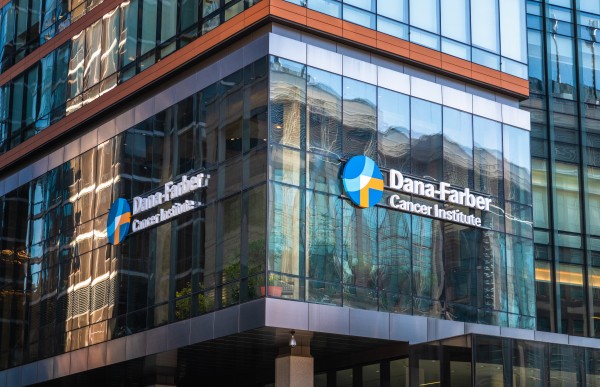
• • •
Missing some Tweet in this thread? You can try to
force a refresh




